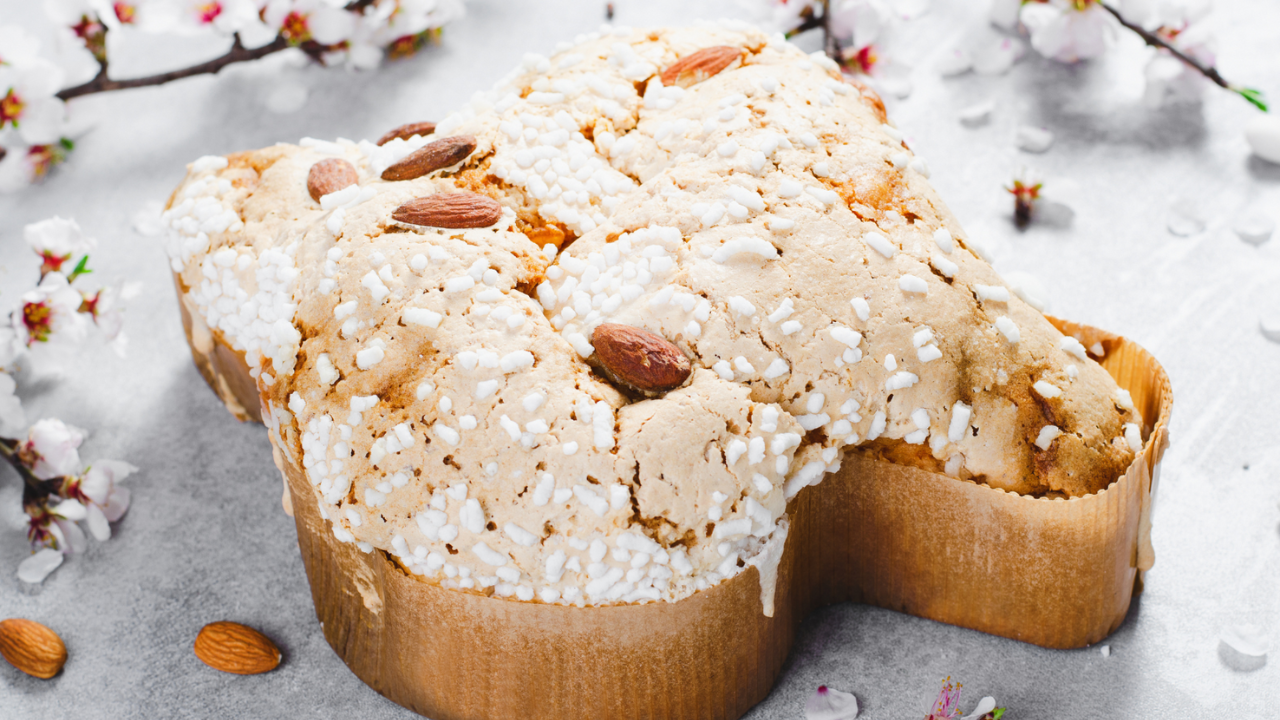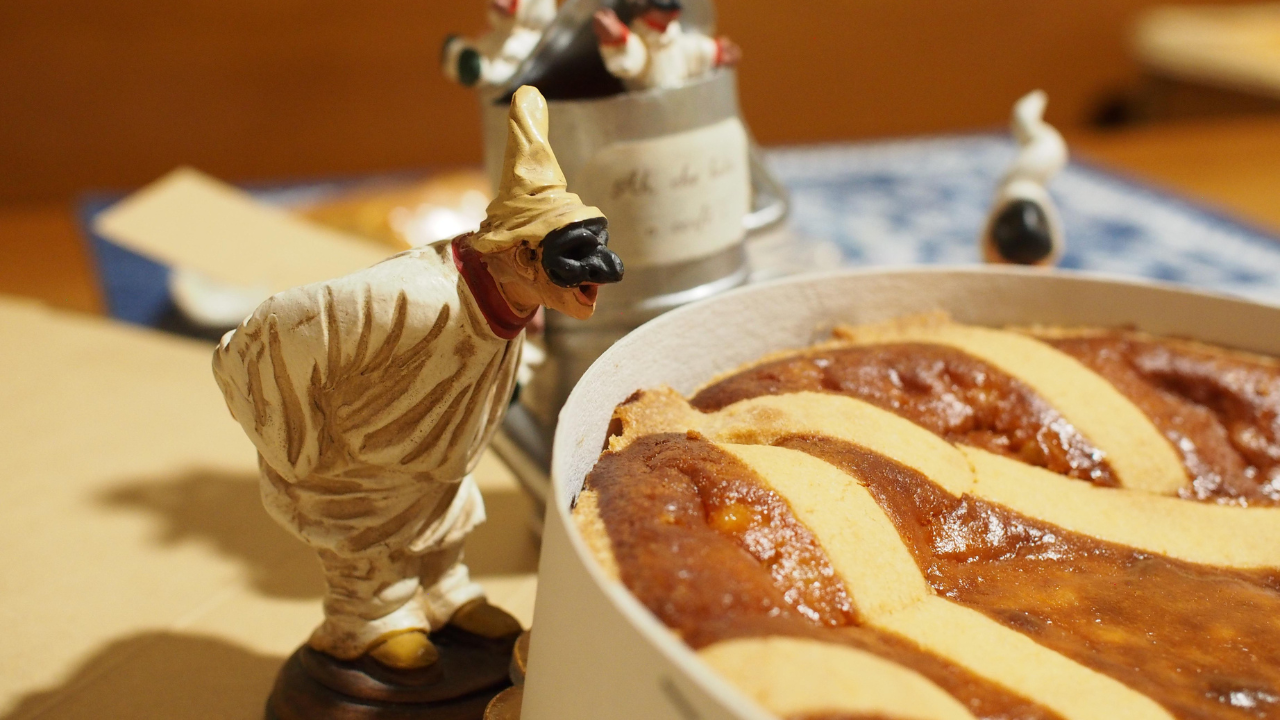Wine and Easter: why is it traditional to pour drops of sweet wine on the Easter cake?
As with all celebrations, Easter is also full of customs and small rituals, some of which involve wine. Today we want to tell you about one of these customs, still alive in many Italian families.
According to Wine Etiquette, the ritual we are going to tell you about is not really recommended. But when we talk about traditions, some small exceptions to the rule are allowed, especially if these customs are rooted in the past.
In some Italian families, at the end of Easter lunch, it is customary to pour some sweet wine over the Easter dove or the typical local Easter cake.
In our article, we explain where this custom originated, what its meaning is and why sweet wine is poured on the Easter dove.
Why is it customary to pour a little sweet wine on the Easter dove?
Combining dessert with sweet wines is a fundamental rule in food and wine pairing, so it is not surprising that sweet sparkling wines or dessert wines are perfect for Easter desserts. Drinking a glass of sweet wine with Easter dove, the most famous of Easter desserts, is the perfect choice for the end of an Easter meal.
All this is true and correct. But, then, why is it traditional, in some Italian family contexts, to pour drops of sweet wine on the Easter dove, instead of serving the wine in a separate glass? We will now explain why.
In the past, passito wines were considered particularly valuable and prestigious, so much so that they were regarded as the ‘wines of special days’, mainly served on the most significant anniversaries or to celebrate the most important achievements of a family member.
The production of passito wines, from drying the grapes to vinification, requires care and patience. For this reason, they were rare and precious wines, not intended for everyday consumption. These wines were often carefully kept in home cellars and were only uncorked and drunk at special events. A story shared by most of the best Italian dessert and passito wines.
Among the occasions when it was customary to serve a glass of passito wine was Easter. Its natural place was at the end of the meal, paired with traditional Easter sweets, in particular colomba or pastiera (pictured, below). Just as during a classic toast, in which everyone was invited to participate, it was customary for all guests to take at least a sip of that very special and precious wine. A practice that was part of the ‘etiquette’ of the time, shared even by those who did not usually drink wine.
For those who did not like drinking wine, there was an alternative solution. Instead of drinking it from a glass, it was possible to pour a little sweet wine, or a few drops, directly onto the Easter cake. A small symbolic gesture that ensured respect for tradition, while keeping the convivial spirit of the ritual alive.
In the days after Easter, a little passito wine was poured over the leftover slices of colomba to restore their softness and to enrich their flavour. A simple gesture to waste nothing and to enjoy both cake and wine to the full.
This custom spread and was preserved over time. Even today, it persists in some Italian families.
To conclude, we can summarise the answers to our main question: why do we pour sweet wine on the Easter dove or Easter cake?
● Because it allows everyone to participate in the final moment of the Easter meal
As we have written, pouring a few drops of sweet passito wine on the Easter cake allowed even those who did not like to drink to participate in the final moment of the Easter meal. A simple gesture that united all the diners in an atmosphere of conviviality and celebration.
● Because it softened the cake and enriched its flavour
Passito wine and Easter dove make a perfect match. Adding a few drops of wine to the leftover slices of Easter cake, even in the days after Easter, allows you to continue enjoying the dessert in the days following Easter, without anything going to waste.
If you liked our article and if you want to continue to receive news, updates and curiosities about the world of wine, subscribe to the Wineshop.it wine newsletter. Lots of content and offers await you!










